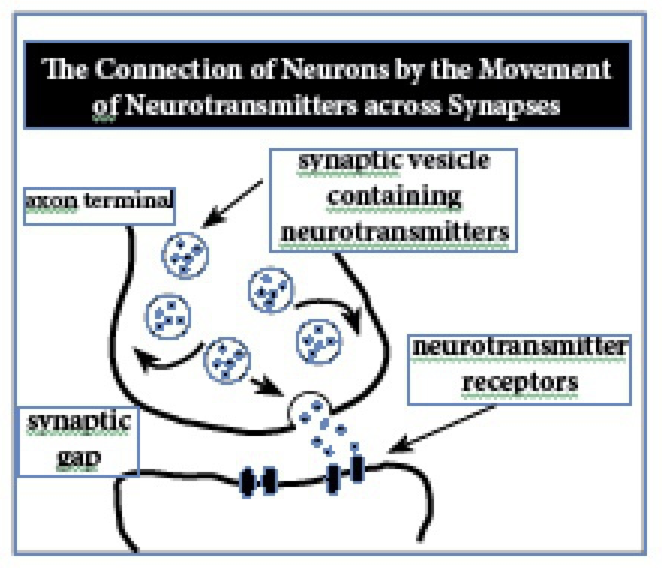To answer your question in a nutshell: the human brain grows rapidly throughout childhood reaching a peak in early adulthood. Research suggests that our fluid intelligence (a major portion of our IQ) stabilizes between ages 16 and 20 and then goes into a gradual decline. Throughout adulthood, we gain experience, and depletion in our fluid intelligence is compensated by an increase in what psychologists call “crystallized intelligence.” Fluctuations of IQ during childhood and adolescence result from different bursts of neural growth and pruning at various ages as outlined below. Though measures of IQ are standardized to match average cognitive performance at various ages, individuals will vary in their rates of cognitive growth and consequently, individual IQs will fluctuate over time, until the growth stabilizes in adulthood. The descriptions below are snippets from my book Intelligence, IQ, & Perception.
Early Brain Growth
An evolutionary asset of the human brain is its adaptability. About 4 weeks after your parents enjoyed a few moments of sexual passion, a neural plate began to form at one end of the fetus that would become you. As this neural plate expanded, it sent brain cells, called neurons to different parts of your evolving brain to perform specific functions. An excellent video showing this development is accessible at: https://www.youtube.com/watch?v=ZWACm6BkDVo

In the months that followed, your brain was producing up to one quarter of a million neurons every minute, so that 6 months after conception, your brainstem was able to control your breathing, heart rate, and blood pressure.
It was in the final three months of your gestation that your prefrontal cortex, the part of the brain responsible for your higher order thinking skills, began to develop. By the time you emerged from your mother’s womb, your brain contained about 100 billion neurons ready and waiting to connect with each other in response to the sensory experiences of your infancy. During your first two years on the planet, the neurons in your brain connected, in what are called synapses, at the rate of about 2 million per second, so that by age 2, your brain had about 100 trillion synapses–twice the number you have now.
Neural Pruning
Unable to sustain the biochemical reactions across all these synapses, your brain entered a stage known as neural pruning, removing the synapses for which there was little use. Your brain was fine-tuning itself to function effectively in the environment into which you were born. So much in this early stage of your brain development determined who you are today.
In the years following infancy, your brain continued to restructure itself in accordance with environmental stimuli. Early demands for certain types of cognitive tasks such as, learning a language or counting, played a role in determining which cognitive capacities would become most highly developed. Stanford University neurologist David Eagleman observes:
In a sense, the process of becoming who you are is defined by carving back the possibilities that were already present. You become who you are not because of what grows in your brain, but because of what is removed.
The Development of the Brain through Adolescence
The next dramatic phase in your brain growth occurred just before puberty when a proliferation of neurons and synapses appeared in your prefrontal lobe. This is the part of the brain associated with rational thought and executive function. A late phase in the evolution of the human brain, it provided you with a capacity for problem solving, deductive thinking, and drawing inferences–processes typically described as “higher order thinking skills.”
Another round of rapid and extensive production of neurons and synapses followed by extensive neural pruning, occurred when you entered puberty, significantly modifying and restructuring your neural network. By the end of adolescence, the pruning resulted in a decrease of between 5 and 10 percent of your brain mass, but your brain had efficiently attuned itself to the environment in which it would need to function.
Once you reached adulthood, your fluid intelligence stabilized and further increases in your intelligence would be less dramatic, but still possible through consistent higher-level cognitive stimulation.
